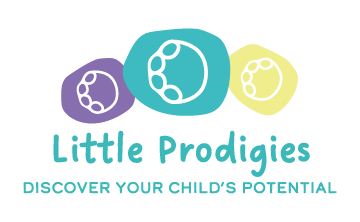Top 10 tips for helping babies and toddlers with transitions
Here are our top 10 tips for helping with transitions in babies and toddlers:
1- Establish Routines: Create consistent daily routines for meals, naps, playtime, and bedtime. Predictable routines provide stability and help children feel secure during transitions.
2- Give Advance Notice: Offer gentle warnings before transitioning to a new activity or location. For example, you might say, "We'll clean up our toys in five minutes, and then it's snack time."
3- Use Visual Cues: Use visual aids such as picture schedules or timers to help children understand the sequence of activities and anticipate transitions.
4- Offer Choices: Empower children by giving them choices within reasonable limits. For instance, let them choose between two snack options or which toy to bring in the car.
5- Provide Transition Objects: Introduce comfort items or transition objects like a favourite blanket or toy that can provide a sense of familiarity and security during transitions.
6- Stay Calm and Positive: Model calm and positive behaviour during transitions, as children often mirror your emotions. Maintain a reassuring tone and offer praise for cooperative behaviour.
7- Maintain Consistency: Keep transitions consistent across different caregivers and environments as much as possible. Consistency helps children feel safe and confident in navigating changes.
8- Be Patient and Flexible: Understand that transitions can be challenging for children, and they may need extra time and support to adjust. Be patient and flexible in your approach, offering encouragement along the way.
9- Validate Feelings: Acknowledge and validate your child's feelings during transitions, even if they are expressing frustration or reluctance. Help them label their emotions and offer reassurance.
10- Practice Self-Care: Take care of yourself as a caregiver to maintain patience and resilience during transitions. Prioritise self-care activities that help you stay calm and centered, such as deep breathing or mindfulness exercises.
Remember that every child is unique, so feel free to adjust these strategies to suit your child's individual needs and temperament.
